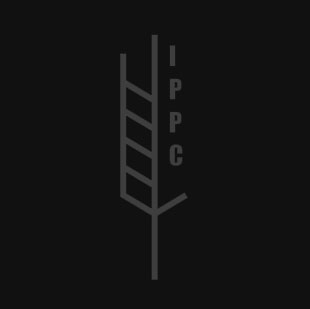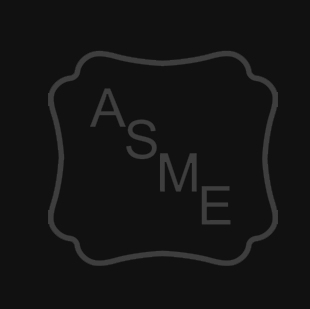Welding is an essential trade found in every metal fabrication shop throughout Canada, the U.S., and the European Union. The process is vital to the manufacturing and fabrication of goods and products in numerous industries throughout the world. In today’s global economy, information technology has broken through barriers of location and distance, allowing companies large and small to compete in international markets. Parts and components of all shapes and sizes can, say, be welded in Canada and shipped to the U.S. for assembly, or manufactured in the U.S. and shipped to the EU for assembly.
Yet, in the design and fabrication of products, quality is still the primary need that all customers agree upon. Like any industry, in order to compete in any market—locally, regionally, nationally or internationally—metal fabrication shops look to reassure their customers of the quality of goods they produce by adhering to the codes and standards that govern their industry. Standards not only establish criteria for quality of goods produced, but ensure safety of those products and that the people who make those products have the training and experience necessary to meet those standards. Welding standards in Canada, the U.S., and the EU are established by the governing body of each nation or region. Though there are many similarities in the standards for each country, there are differences as well.
Welding Standards in Canada
The art of welding and welded components are governed by codes and standards that provide guidelines, recommended practices, regulations, rules, requirements, certifications, and specifications. Every country has its own set of codes and standards that they follow. Though it is not unreasonable to presume that skilled welders in any country—those with qualifications and certifications in welding processes that follow approved and accepted welding procedures—can apply their skills anywhere, the reality is quite the opposite. Welders must still meet certain criteria wherever they are at. Though welding processes and procedures may be very similar, there are no global welding requirements or governing standards. In the case of Canada, the U.S., and the EU, each country has its own welding codes and standards.
The key standards that establish general requirements for welding in Canada fall under CSA Standards W47.1 and W59. For the U.S., welding requirements are found in AWS D1.1, and for the EU they are found under ISO 3834. Let’s have a closer look:
In Canada, welding standards fall under the Canadian Standards Association. Specifically, CSA Standards W47.1 and W59 govern welding, specifying qualification requirements for welders, weld quality, and welding procedures. They further delineate the requirements for welding supervisory personnel, welding engineers, and certification processes for companies involved in welding steel. To achieve and maintain certification, companies and their personnel are required to have their personnel qualified for welding, welding engineering, and supervisory roles following approved welding procedures. The Canadian Welding Bureau Group (CWB) oversees the certification processes of companies, inspection organizations, inspectors, and welding consumables. In addition, the CWB carries out third-party verification required by Canadian law.
Welding Standards in the U.S.
The welding codes and standards used by the welding industry in the US are established by independent, nonprofit organizations. The most influential is the American Welding Society (AWS), which produces the largest amount of welding codes and standards in the U.S. Its most recognized code is AWS D1., along with other published documents directed at the quality control of welding. In addition to the AWS, the American Society of Mechanical Engineers (ASME) produces the codes and standards for boiler and pressure piping, which includes the design, construction, materials, testing, and inspection of boilers and pressure vessels and piping. American Petroleum Institute (API) writes its own standards and welding requirements for petroleum production. Most notable is API Std 1104, the “Standard for Welding Pipelines and Related Facilities.”
Welding Standards in Europe
The EU ISO 3834 is an international standard created by welding professional associations, which established requirements for the quality of welded products. The quality requirements of welded products was developed by the International Standard Organization in association with the International Institute of Welding. The EU’s ISO 3834 quality requirements for welding make sure the welding shop has competent and qualified welders through standardized testing. Welders must follow Welding Procedure Specifications (WPS). Essentially, WPS is written welding instructions designed to increase consistent quality.
What’s the Difference Across Standards?
To be certain, each standard has a primary focus on quality carried out but experienced professionals are trained and certified. However, there are differences. A good example is the licensing and certification for welding engineers and supervisors. It is not required for employment in the U.S., whereas in Canada and the EU, it is mandatory. The concept of qualified fabricators and fabrication as a licensed entity is not mandated in the U.S. system, only in Canadian and EU systems.
The biggest difference among the three systems is the Canadian third-party verification carried out by the CWB. This means that a company certified by the CWB has had its welder qualifications witnessed and verified by the CWB. The welding procedures must be reviewed and then approved by the CWB. That welding supervisory personnel is also examined by the CWB. The third-party verification process and certification offer added levels of confidence and assurance that the weld quality, the expertise of fabricators, and correct documentation are independently verified to ensure that all standards are followed, which minimizes liability risk.
To learn more about our welding techniques and the standards that we follow at Quest-Tech, please contact us today!



